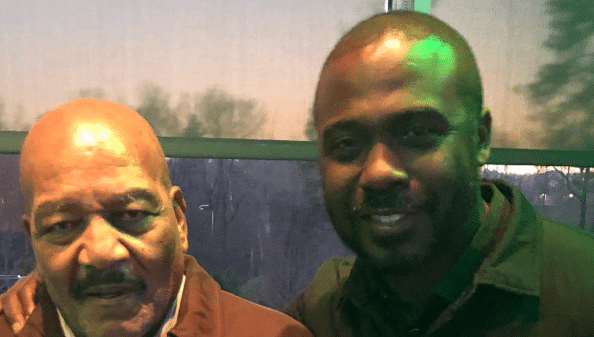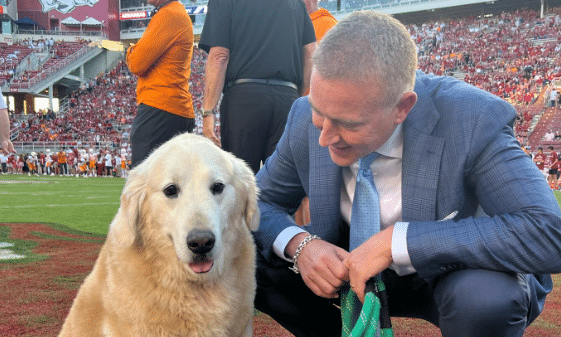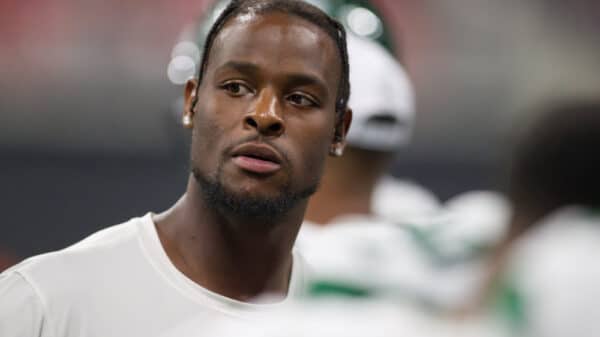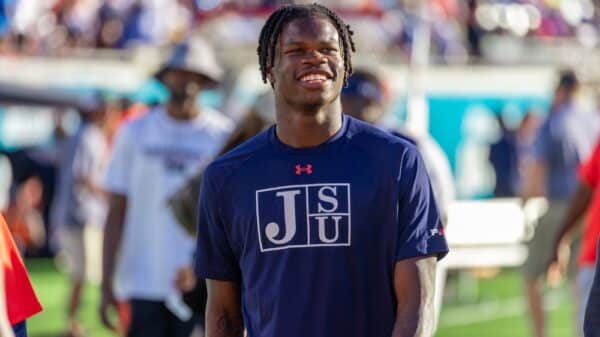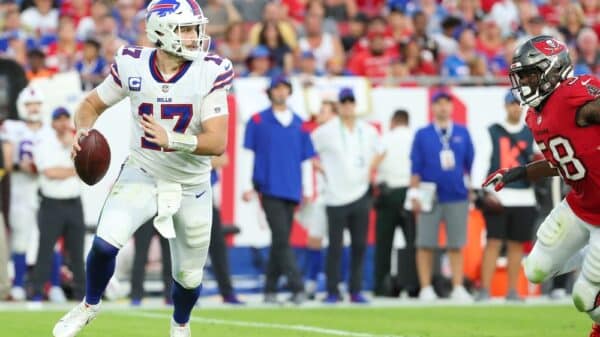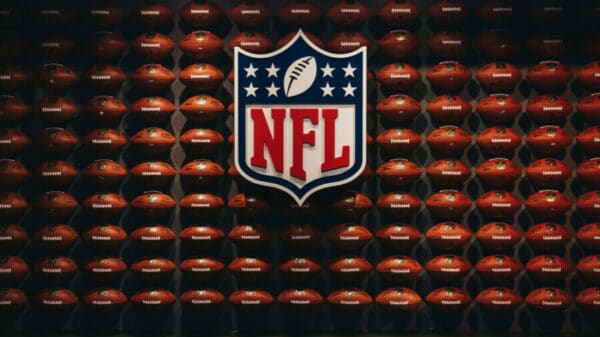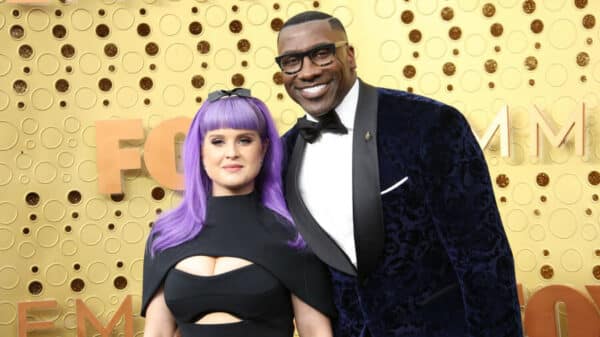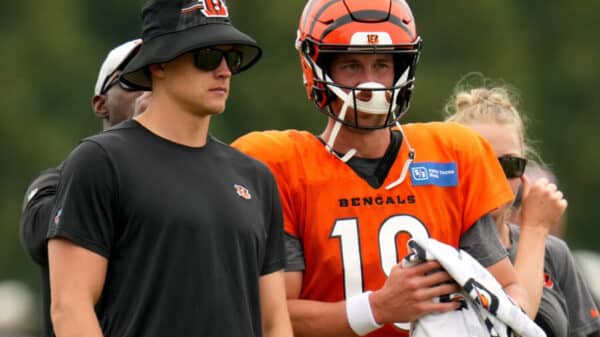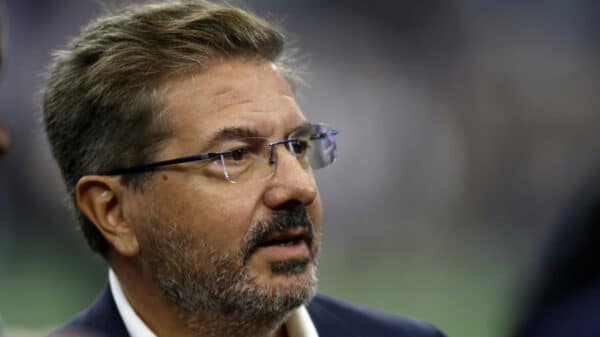Contract negotiations in the NFL can be one of the most intense and emotional aspects of the sport, especially for players who have dedicated their lives to the game. For Cincinnati’s top two receivers, Ja’Marr Chase and Tee Higgins, this offseason was a pivotal moment in their careers. Ja’Marr Chase made headlines by signing a staggering four-year, $161 million deal, cementing his status as the highest-paid non-quarterback in NFL history. His exceptional talent and performances have made him a cornerstone of the Bengals’ offense. On the other hand, Tee Higgins secured a respectable four-year, $115 million contract that averages out to $28.75 million per year—a noteworthy achievement, yet the intricacies of his deal paint a more complex picture.
At first glance, Higgins’ contract appeared robust, promising a significant amount of guaranteed money early on. However, as insiders began to dig deeper into the fine print, it became clear that the Bengals’ generosity might not be as extensive as it seemed. An analysis of Higgins’ contract revealed that the only fully guaranteed money comes from a $20 million signing bonus slated for 2025. While the Bengals allocated an additional $10 million as an offseason roster bonus for 2026, they notably avoided guaranteeing his $10.9 million base salary for that year. This lack of full commitment raised eyebrows, leading former NFL star Shannon Sharpe to question the fairness of the deal, referring to it in a most colorful way as “bullsh*t.”
This sentiment reflects a widespread concern among fans and analysts. The unfolding of Higgins’ contract not only affects his financial security but also reflects on how NFL teams treat their players. Understandably, it raises difficult questions—why would a talented player like Higgins accept a deal viewed as less favorable? Despite the criticisms, it’s essential to remember that while financial negotiations are transactional, they are also deeply personal. As Higgins chose to stay with the Bengals, his decision highlights loyalty to the team and his desire to continue playing alongside his quarterback, Joe Burrow, and fellow receiver Ja’Marr Chase—two teammates he has developed strong connections with over the years.
Adding to the intricacies of the negotiation is the structure of the deal itself, cluttered with performance incentives. Higgins will earn a $2 million bonus for every game he plays, potentially reaching a staggering total of $35.5 million if he stays injury-free throughout the 2025 season. This type of performance-based contract can instill a sense of ambiguity for players—an unfavorable situation since it essentially places their financial future in the hands of their performance and health.
This situation is compounded by the fact that the Bengals hold a year-to-year option, meaning they can release Higgins after just one season without the burden of his 2026 base salary. If that occurs, he risks losing out on his roster bonus, leaving him vulnerable if unforeseen circumstances arise. With legendary Bengals receiver Chad Johnson weighing in on the situation, his commentary adds another layer of perspective. Johnson has been transparent about his concerns surrounding the business of football, it’s clear that even a former player with deep ties to the franchise struggles to comprehend how a loyal player like Higgins could be shortchanged.
While Johnson maintains that contract language is often tricky, he expressed relief that key players like Burrow, Chase, and Higgins are still together on the same team. He acknowledges the dangers of the business side of football, admitting that seeing Higgins tagged for the first time felt like a slap in the face—a bitter reminder of the harsh realities that accompany the sport.
As the Bengals navigate their financial decisions heading into the season, they have historically been viewed as a frugal organization. They face the ongoing challenge of balancing competitiveness while preserving their future financial health. Their strategy, as evidenced by the way Higgins’ contract is structured, signals a determination to capitalize on their current championship aspirations over the next couple of seasons. Yet it involves a precarious gamble, especially considering Higgins’ injury history, during which he has missed ten games in the last two seasons. The organization appears hesitant to risk significant investment in a player whose status is somewhat uncertain, even as their star quarterback, Burrow, has proven capable of excelling with fewer top-tier weapons.
Looking ahead, it’s worth considering whether Higgins might have benefited more by playing out this season under the franchise tag. Doing so may have granted him a more substantial guaranteed payout and positioned him for a more lucrative contract on the open market next year. Potentially, this could have translated to a deal worth $30 million per year from a team ready to give him that level of financial security. Football is a game of risk, but it’s also about relationships, loyalty, and the pursuit of a shared dream—if nothing else, that’s a truth that remains relevant for every player navigating the tumultuous waters of the NFL contract landscape.
Image Source: Shannon Sharpe @ Instagram




